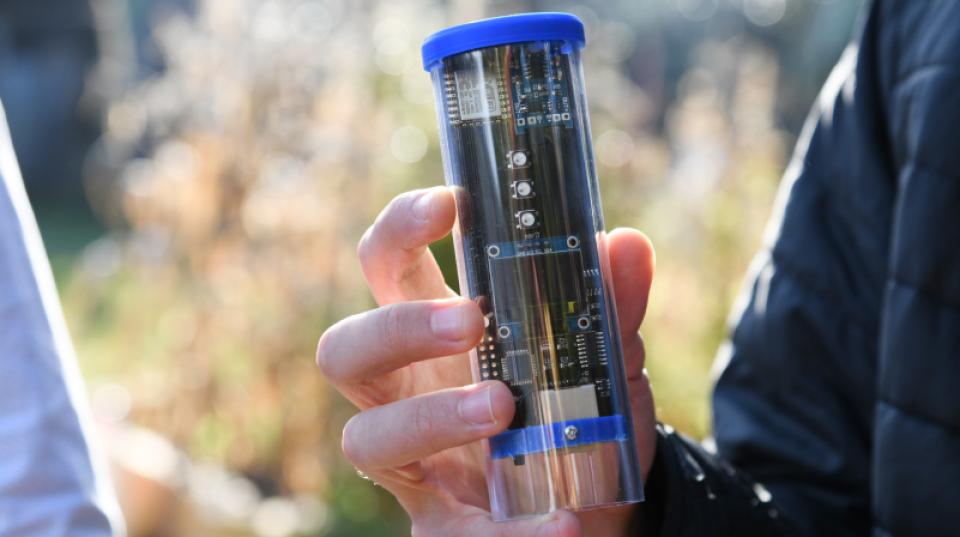Overview
This project aimed to improve livelihoods by enabling local farmers to develop flexible and responsive cropping and livestock systems that better use available water resources, thereby making households more resilient to climate change/variability.
Endemic poverty on the East India Plateau is associated with food insecurity and civil unrest. Agricultural productivity is low, and there is little irrigation infrastructure. Population pressure has pushed cultivation of rice (the staple crop) onto the medium uplands. Previous ACIAR research showed that the dominant traditional cropping system of monoculture paddy rice is poorly adapted to these terraced and bunded uplands.
This project explored a proposed new cropping system that retains rice as the staple food crop but moved to shorter-duration, direct seeded rice using upland varieties. Direct seeded rice has been shown to be better adapted but its shorter duration creates an opportunity for growing several useful late kharif and early rabi crops.



